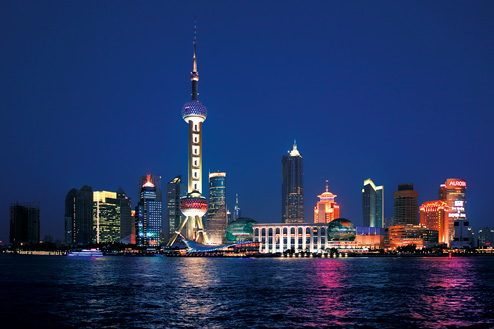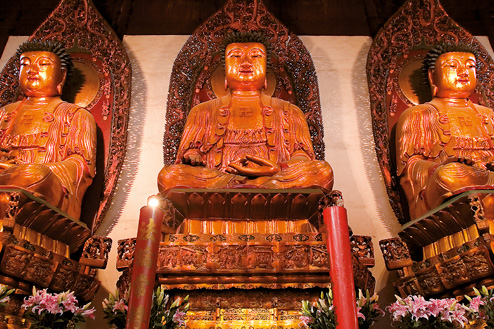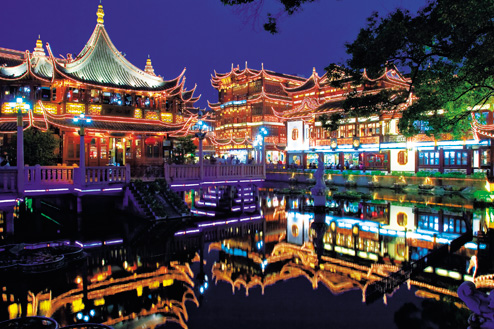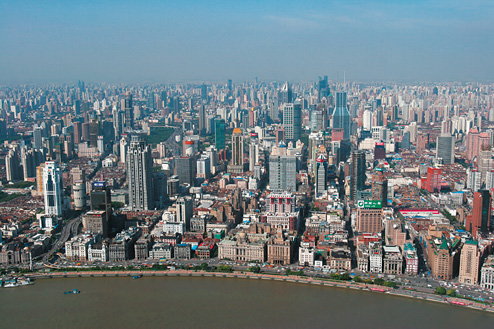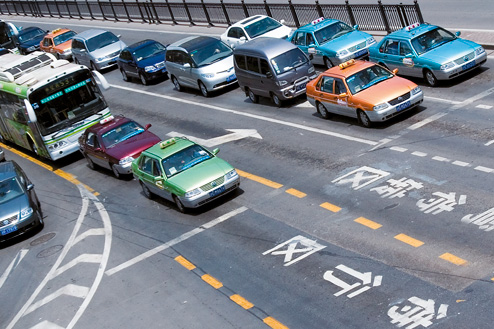Golden Years
The foundation for Shanghai’s cosmopolitan feel was laid well over a century ago. The French followed the British there with the Americans close behind, while the Japanese arrived in numbers in the latter years of the 19th century. Their numbers were swelled by White Russians fleeing the Revolution in 1917. They all brought with them their customs and culture, and the areas where they lived became known as the International Settlement and French Concession. Evocative colonial-style buildings began to grace the skyline, echoing the classical European styles of their homelands many thousands of miles away. The most stylish buildings of all swept gracefully in an arc alongside the Huangpu River, and the area became known as the Bund. These were the headquarters of international banks, shipping and insurance companies as well as foreign consulates – the pre-cursors to today’s multinationals and their glass and steel castles. Wealthy Jewish entrepreneur Sir Victor Sassoon built the Cathay Hotel, now the Peace Hotel. It became the place to stay in town and its jazz band was legendary. Noel Coward finished writing his play Private Lives while staying there in 1929. This was the golden age of Shanghai, a time of divine decadence in a city everyone knew as the ‘Paris of the east’ for its laissez-faire attitude, classical architecture and chic lifestyle. Yet it hid far less savoury goings-on: racketeering, slave labour, drug smuggling, illegal opium dens and prostitution on a vast scale. Much of the crime owed its existence to organised gangs, with the notorious Green Gang the chief culprit. Behind its glamorous facade Shanghai was a shabby den of iniquity.

